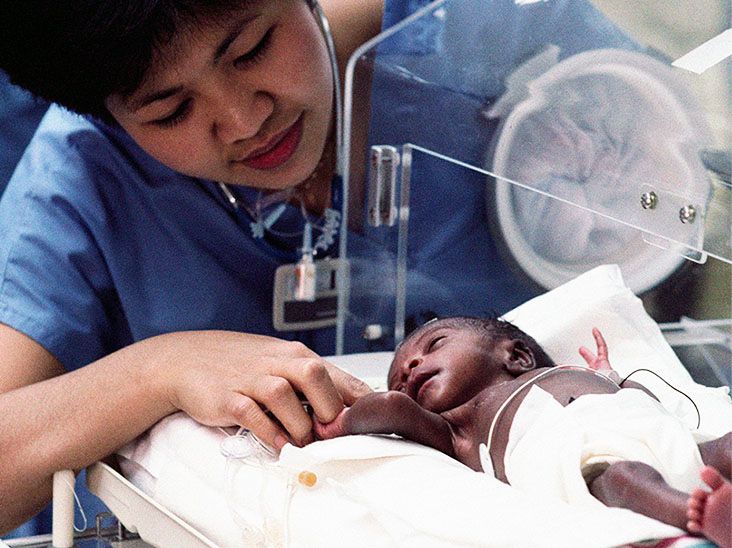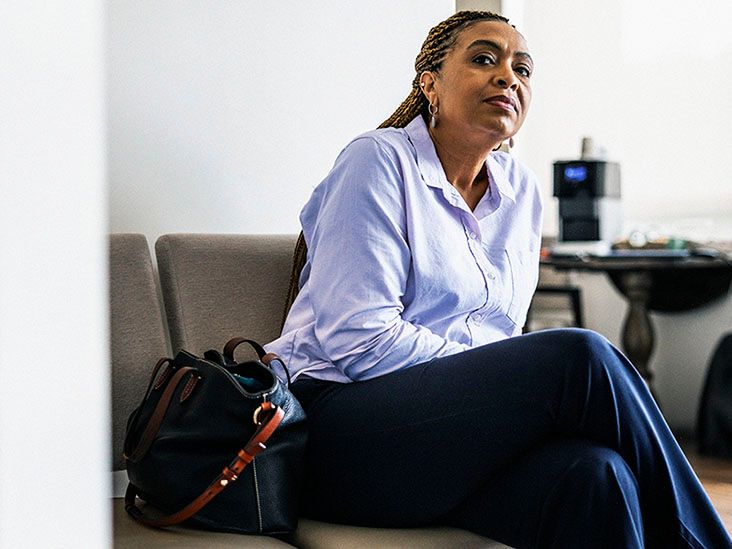At first, I thought it was nothing more than a weird coincidence you know, "hey, some people with sicklecell seem to do okay with malaria, while others get really sick." But the reality is way more fascinating (and a bit lifesaving). In a nutshell, carrying one copy of the sicklecell gene can cut your risk of dying from severe malaria by about60percent, while having two copies (sicklecell disease) actually makes malaria riskier and can trigger painful crises.
So, if you or someone you love carries the sicklecell trait, you're probably wondering what that means for malaria prevention. And if you're living with sicklecell disease, you'll want to know how to protect yourself when you travel to or live in malariaendemic areas. Let's break it all down, side by side, with a friendly chatstyle guide that gets straight to the point.
Quick answers first
Does the sicklecell trait protect against malaria?
Yes people with one sicklecell gene (AS genotype, also called sicklecell trait) enjoy roughly a60% lower chance of dying from severe malaria. The misshapen red blood cells make it harder for the Plasmodium falciparum parasite to thrive, and the spleen clears them out faster.
Can someone with sicklecell disease get malaria?
Absolutely. Having two copies (SS genotype) does not give you immunity. In fact, malaria can aggravate the disease, leading to more intense anemia, pain crises, and even organ damage.
What should carriers do when traveling?
Even though the trait offers some natural protection, you should still follow standard malariaprevention steps: take prophylactic medication, use insectrepellent, and sleep under treated nets. Think of it as an extra safety net on top of your genetic advantage.
What extra steps do patients with sicklecell disease need?
People with SCD should combine the usual malaria precautions with additional medical monitoringregular blood tests, early treatment for fevers, and, when possible, the WHOrecommended malaria vaccine for children in highrisk zones.
Evolution and biology
Why did the sicklecell gene spread?
About 20,00030,000years ago, a singlepoint mutation in the globin gene (the HbS mutation) first popped up in Africa. At the time, malaria was a relentless killer. Those who carried one copy of HbS survived better and passed the gene to their offspring. This classic example of "balanced polymorphism" explains why up to 15% of some African populations now carry the trait.
How does the trait actually block the parasite?
When the malaria parasite invades a red blood cell, it needs a stable environment to multiply. In sicklecell trait carriers, low oxygen levels cause the cells to sickle and become rigid. The spleen's macrophages recognize these misshapen cells and whisk them away, cutting the parasite's life cycle short. A study in Williams etal., 2005 demonstrated this oxygendependent growth inhibition in lab experiments.
Why does sicklecell disease make malaria worse?
When you have sicklecell disease, your body is already dealing with chronic hemolysis (the breakdown of red cells) and often an underfunctioning spleen (hyposplenism). Those conditions mean the parasite can linger longer in the bloodstream, and the alreadylow hemoglobin levels can plunge dramatically during infection, sparking a painful vasoocclusive crisis. A 2012 review in PubMed reports that children with SCD are 23times more likely to develop severe malaria complications.
Everyday life implications
What should carriers (AS) keep in mind?
- Travel prep: Even if you feel fine, pack antimalarial meds (like atovaquoneproguanil) and use DEET or picaridin repellents.
- Health checks: If you're planning a trip to a highrisk area, ask your doctor for a quick sicklecell screening if you've never been tested.
- Family planning: Knowing your carrier status helps you make informed choices with partners who might also carry the trait.
How can patients with sicklecell disease stay safe?
- Vaccination: The RTS,S/AS01 malaria vaccine (Mosquirix) is now WHOrecommended for kids in endemic regionseven those with SCD. WHO reports it reduces clinical malaria episodes by about 30%.
- Prophylaxis: Daily antimalarial drugs, such as dihydroartemisininpiperaquine, are often advised for SCD children, alongside routine hydroxyurea therapy to reduce crisis frequency.
- Early monitoring: Any fever should trigger a rapid malaria test. Prompt treatment helps avoid the cascade that can lead to severe anemia and painful crises.
What does this mean for publichealth programs?
In malariaendemic countries, health ministries are now integrating sicklecell screening into antenatal care and school health programs. The idea is to identify carriers early, provide targeted education, and ensure children with SCD receive extra malaria prevention resources. Dr.Wonkam, a leading hematology researcher, emphasizes that "genetic insights must translate into equitable health policies" a sentiment echoed across Global HealthNOW reports.
Balancing risks and benefits
Benefits of the sicklecell trait
The trait's protective effect explains its high prevalence in Africa, the Middle East, and parts of India. Evolutionarily, it's a winwin: the population retains a gene that shields a significant portion of its members from the deadliest form of malaria.
Risks tied to sicklecell disease
For those with two copies of the gene, the picture flips. Malaria adds another layer of stress on already fragile blood cells, setting off painful vasoocclusive episodes, acute chest syndrome, and, in severe cases, death. The risk isn't just theoreticalrealworld data from a Ugandan cohort in 2022 showed a threefold increase in severe malaria outcomes for children with SCD.
Finding the middle ground
Understanding both sides helps us craft balanced advice: celebrate the protective story of sicklecell trait while never downplaying the heightened danger for sicklecell disease patients. Empowered with this knowledge, families can make smarter health decisions, and policymakers can allocate resources where they're needed most.
| Feature | No sicklecell gene (AA) | Sicklecell trait (AS) | Sicklecell disease (SS) |
|---|---|---|---|
| Baseline malaria mortality | High in endemic zones | 60% | 23 severe outcomes |
| Splenic function | Normal | Mostly intact | Often hyposplenic |
| Typical hemoglobin (g/dL) | 1216 | Slightly lower | 69 |
| Risk of vasoocclusive crisis during malaria | None | None | High |
| Recommended prophylaxis | Standard | Standard+travel advice | Standard+additional antimalarial+vaccine |
Final takeaways summary
We've covered the quick truth: one sicklecell gene gives you a solid edge against deadly malaria, while two copies turn malaria into a serious threat that can spark painful crises. The evolutionary story behind the sicklecell malaria link is a reminder of how our bodies adapt to the world around us.
If you're a carrier, keep using bed nets, take any prescribed malaria meds, and consider getting screened before long trips. If you or a loved one live with sicklecell disease, partner with your healthcare team for vaccines, vigilant fever monitoring, and tailored prophylaxis.
Understanding this genetic tradeoff isn't just fascinating scienceit's a practical roadmap to staying healthy. Got questions or personal experiences with sicklecell and malaria? Drop a comment below; we'd love to hear your story and help each other navigate this unique health landscape.
FAQs
How does having one sickle‑cell gene protect against malaria?
Carriers (AS genotype) have red blood cells that sickle under low‑oxygen conditions, making it harder for Plasmodium falciparum to develop. The spleen removes these misshapen cells, reducing severe‑malaria mortality by about 60 %.
Can people with sickle‑cell disease still get malaria?
Yes. Individuals with two copies of the gene (SS genotype) are not immune. Malaria can aggravate chronic hemolysis and trigger painful vaso‑occlusive crises, leading to higher morbidity and mortality.
What malaria‑prevention steps should carriers take when traveling?
Even with natural protection, carriers should use standard measures: take prophylactic antimalarial medication, sleep under insecticide‑treated nets, apply DEET or picaridin repellent, and seek prompt testing for any fever.
Why does malaria worsen sickle‑cell disease symptoms?
People with SCD often have hyposplenism and already low hemoglobin. Malaria adds further red‑cell destruction, causing severe anemia and precipitating vaso‑occlusive pain crises, acute chest syndrome, and organ damage.
Is the malaria vaccine recommended for individuals with sickle‑cell disease?
Yes. The WHO‑endorsed RTS,S/AS01 (Mosquirix) vaccine is advised for children in endemic regions, including those with SCD, because it reduces clinical malaria episodes by roughly 30 % and helps lessen disease‑triggered complications.
Disclaimer: This article is for informational purposes only and does not constitute medical advice. Always consult with a healthcare professional before starting any new treatment regimen.
Related Coverage
A bone marrow transplant sickle cell can permanently cure the disease, giving patients freedom from pain crises and organ damage....
Find out which groups have the highest sickle cell disease risk, the genetics involved, and why early testing matters....
Sickle cell anemia treatment hydroxyurea, pain relief, transfusions, bone marrow transplant, and gene therapy for better health....
Hydroxyurea sickle cell therapy raises fetal‑hemoglobin, halves pain crises, improves organ health; learn dosing, benefits, safety....
The sickle cell malaria link shows one sickle‑cell gene cuts malaria death risk ~60%, while two copies raise risk, trigger crises....
Find the exact Endari dosage based on weight, how to take the powder packets, timing, side effects, and safety tips for patients....
Sickle cell complications cause organ damage, painful crises, and stroke risk. Learn symptoms, triggers, and treatment options....
Find out how sickle cell inheritance works, who may be affected, and key testing options for families planning their future....
Adakveo side effects can vary from mild to serious. Learn about potential reactions, warnings, and what to watch for while taking this sickle cell treatment....
Sickle cell risk factors include genetics, ancestry and dehydration. Learn to assess risk, stay hydrated and cut crises....









